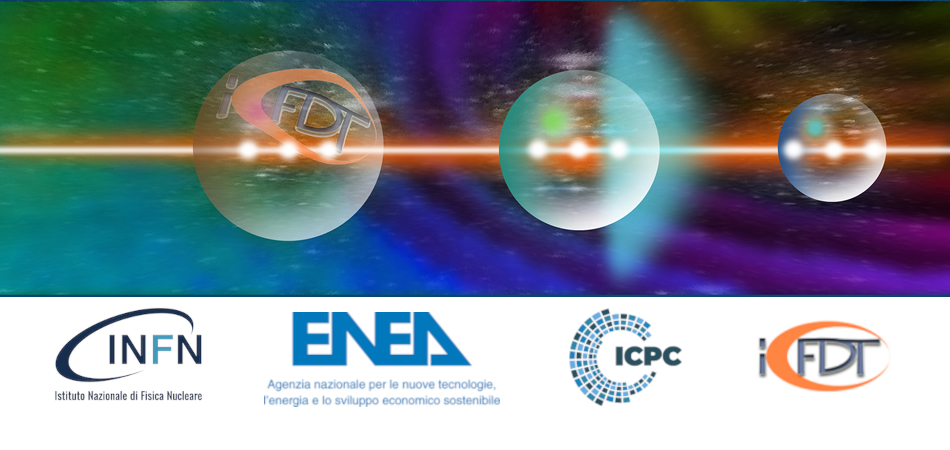Speaker
Description
High electron temperature(Te) is an important parameter for future fusion reactors. Among the most common techniques used to evaluate Te are incoherent Thomson scattering (TS) and electron cyclotron emission (ECE). Due to the different diagnostic application conditions brought by different measurement principles and certain limitations of technology, it is difficult to maintain absolute consistency between the two diagnostic results in terms of temperature measurement, especially under high electronic temperature conditions, this difference is particularly obvious. To address this discrepancy, related research is being conducted on major devices such as ITER and JET to explore the influencing factors. This issue is also a significant topic for the International Tokamak Physics Activity (ITPA).
Recently, related work has also been carried out on EAST. We compared the temperature measurement results of TS and ECE at high electron temperatures, trying to identify the applicable conditions for diagnostics and technical deficiencies such as calibration. In addition, we try to obtain a high electron temperature through different discharge conditions, and based on this, we compare the different results of the two diagnostics, trying to understand the influence of different heating conditions and wall conditions on the diagnostic measurements.
In these experiments, under conditions dominated by electron cyclotron (EC) heating, different combinations of heating methods, as well as variations in power and current, were applied. The experimental results revealed discrepancies between the two measurements under different wall conditions. Under Li-wall conditions, the electron temperatures measured by TS were significantly higher than those measured by ECE. In contrast, under B-wall conditions, the measurement differences between the two were not significant. Additionally, in the presence of ion cyclotron (IC) heating, the electron temperatures measured by TS were consistently higher than those measured by ECE. The influence of fast ions on the electron distribution function could be considered in this context.
These research will not only improve the accuracy of temperature measurement systems but also help explore the conditions for achieving high electron temperatures in modern fusion machines.
References
[1] White, A. E. et al. “Investigation of the Thomson scattering-ECE discrepancy in ICRF heated plasmas at Alcator C-Mod.” Nuclear Fusion 52 (2012).
[2] Fontana, M. et al. “Investigation of Te measurements discrepancies between ECE and Thomson diagnostics in high-performance plasmas in JET.” EPJ Web of Conferences (2023).

